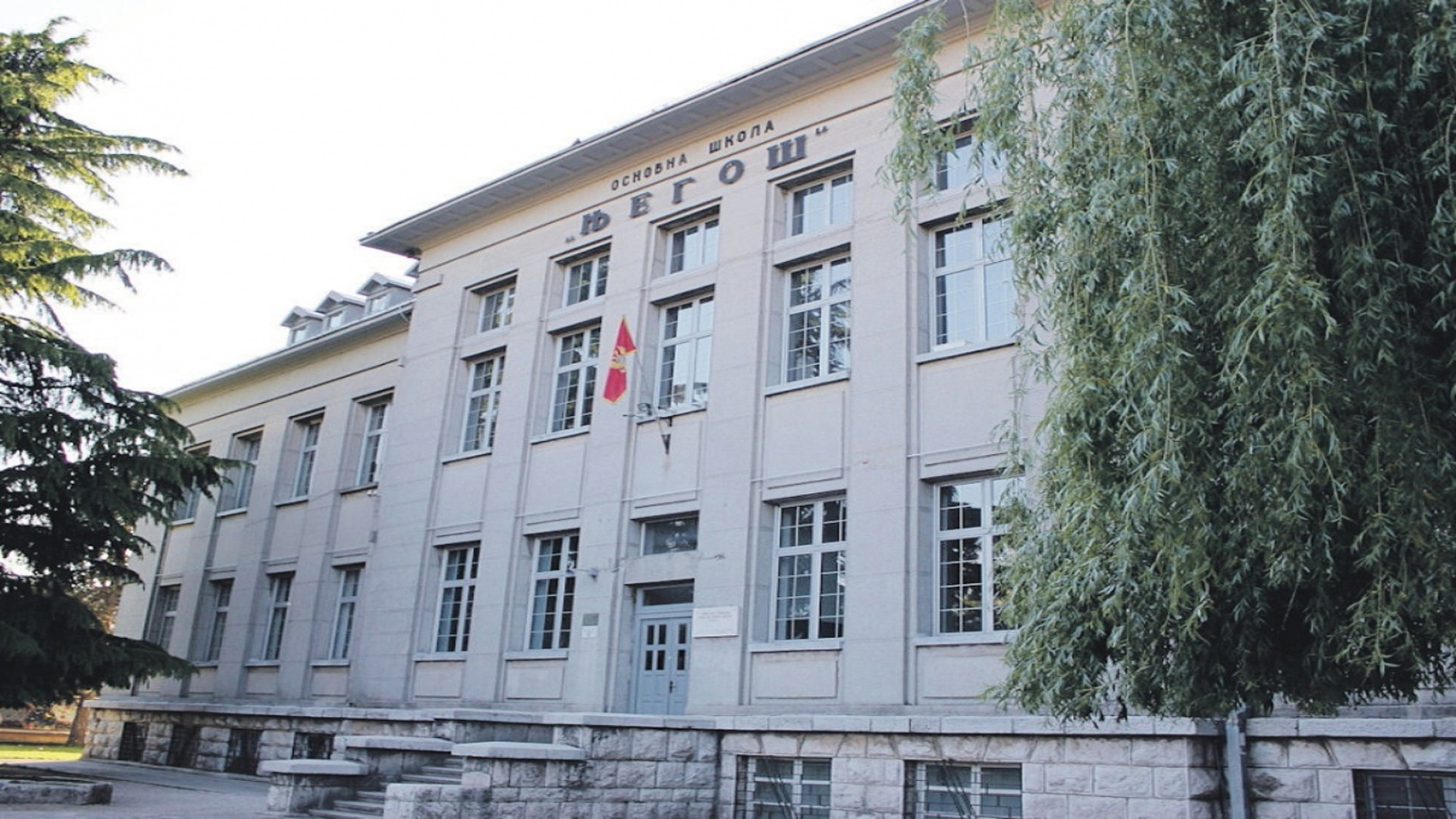Towards the end of the 19th century the literacy rates for people in the countries in the area of Montenegro like Austria-Hungary, Spain, Portugal, Italy, and Greece were only about 50%. The governments realized that they had to take control of education. Even more importantly they were starting to understand that education was an important part of vocational and everyday-life training where previously it was regarded as necessary for mainly religious reasons only.
As was the case in most countries there weren’t many schools in Montenegro and although girls could generally participate in schooling this was only at an elementary level. However, between the years 1868 and 1875, 72 schools were opened in Montenegro under the reign of King Nikola I. Elementary education was made compulsory but fortunately also free. In 1869 the Empress Mary’s Girls’ Institute was opened in Cetinje. This was a high school for girls and also served to train girls to become teachers in the elementary schools. This school was funded by the Russians and most of teachers at this school were Russian.
By 1899 Montenegro had 75 public schools and 26 private schools.
The first university, the University of Montenegro, was established in 1974 and it is still in existence today and locally known as Univerzitet Crne Gore. In addition, the Mediterranean University was also established in Montenegro although much more recently. Both these universities are open to foreign as well as local students.
Today the education in Montenegro consists of 9 compulsory years of elementary education for children from the age of 6. Thereafter the children may continue with any of the three types of secondary education. They can attend a prestigious gymnasium for four years which will give them a solid foundation for continuing on towards a university degree or they can choose to attend a professional school for three to four years which offers specialized studies in a large variety of fields. There is also the possibility of continuing their studies at a college after they’ve completed school. Thirdly there are vocational schools which concentrate on acquiring vocational skills likes plumbing and mechanics. Children will typically attended vocational schools for three years.
Montenegro is also an active participant in the UNICEF programs for protecting children. Several Montenegrin companies have participated in the “School without violence” campaigns including the Montenegrin Post Office.


